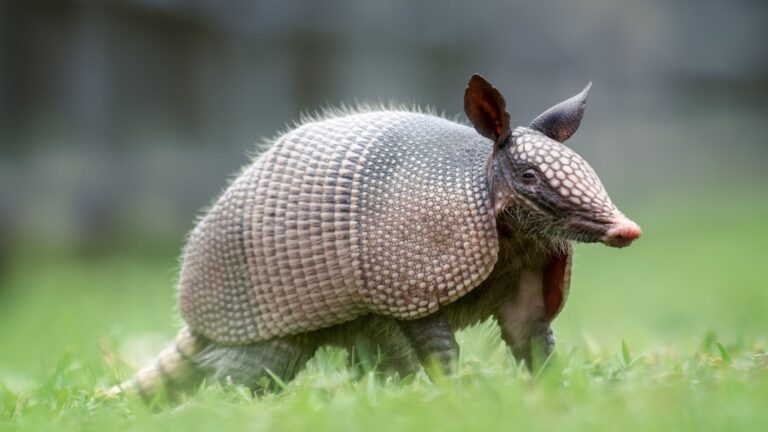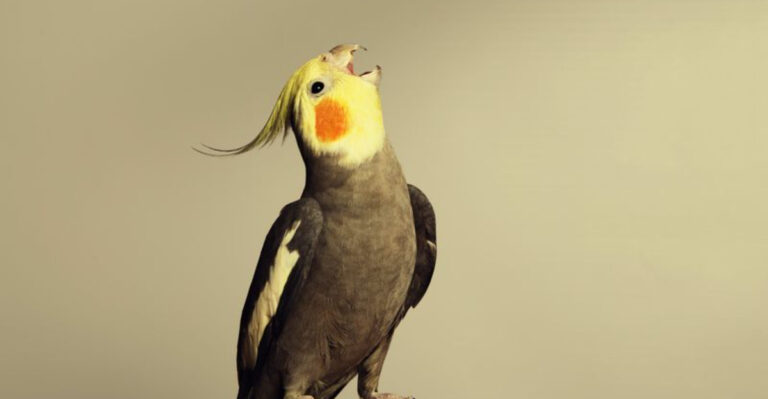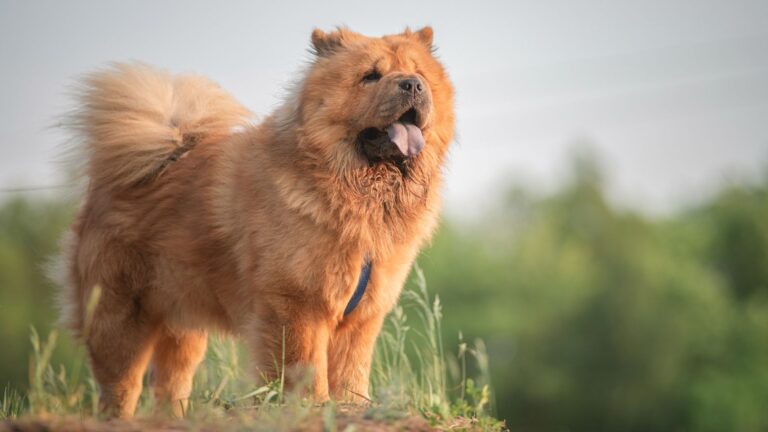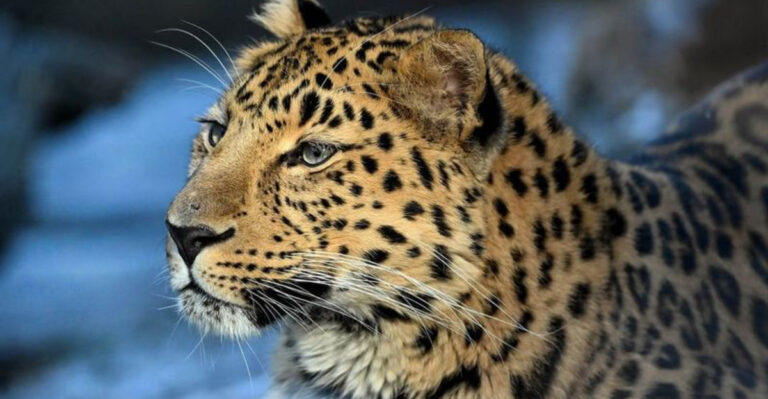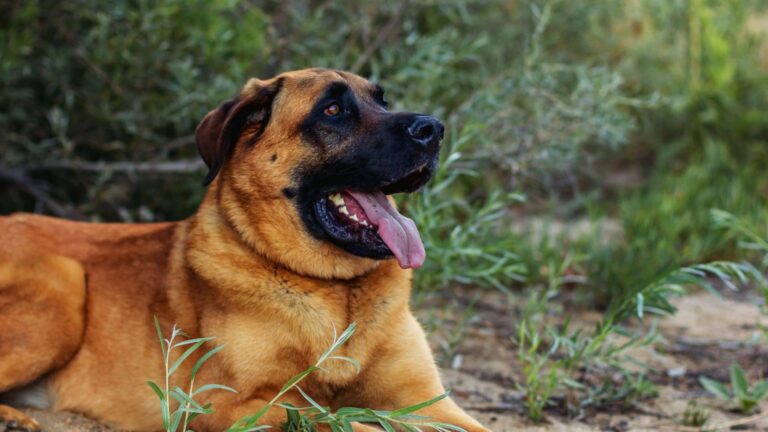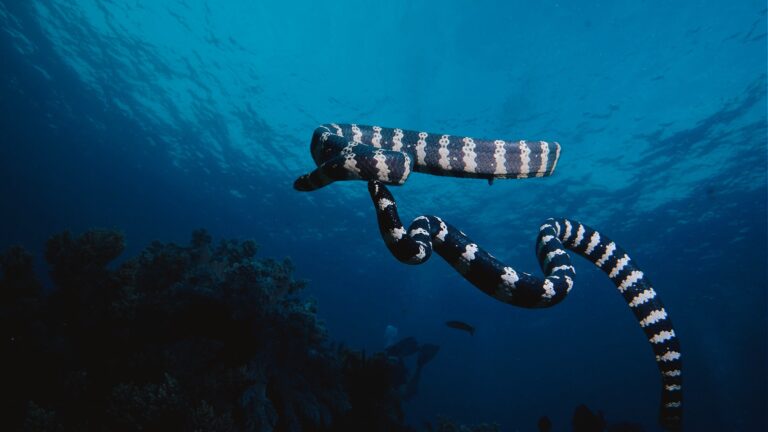8 Wild Species Least Likely To Survive – And 8 That Are Built To Last
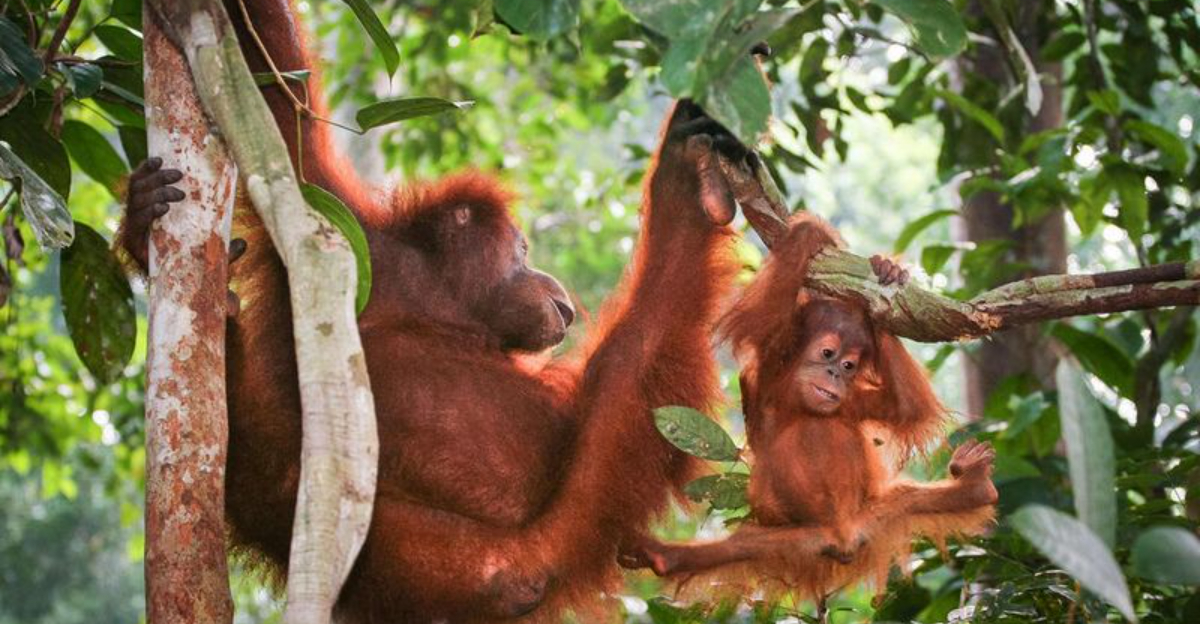
Our planet’s wildlife faces unprecedented challenges today. From climate change to habitat destruction, some animals stand on the brink of extinction while others demonstrate remarkable resilience.
This stark contrast reveals nature’s winners and losers in the ongoing struggle for survival as human activity reshapes Earth’s ecosystems.
1. Teetering On The Edge: Vaquita Porpoise
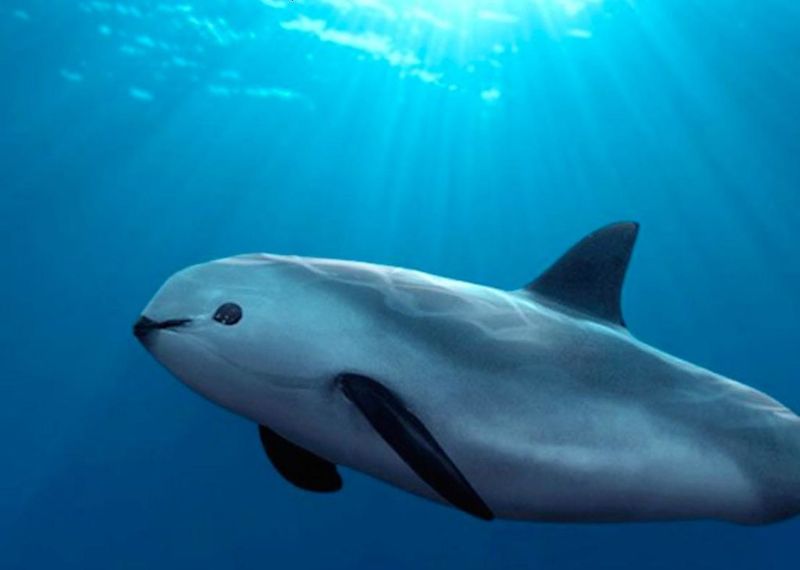
Just 10 individuals remain of these tiny porpoises found only in Mexico’s Gulf of California. Caught accidentally in fishing nets meant for other species, these shy marine mammals with distinctive dark eye patches are disappearing before most people even know they exist.
Conservation efforts struggle against illegal fishing operations targeting the valuable totoaba fish in the same waters. The vaquita’s future looks increasingly grim despite international protection.
2. Racing Against Time: Amur Leopard
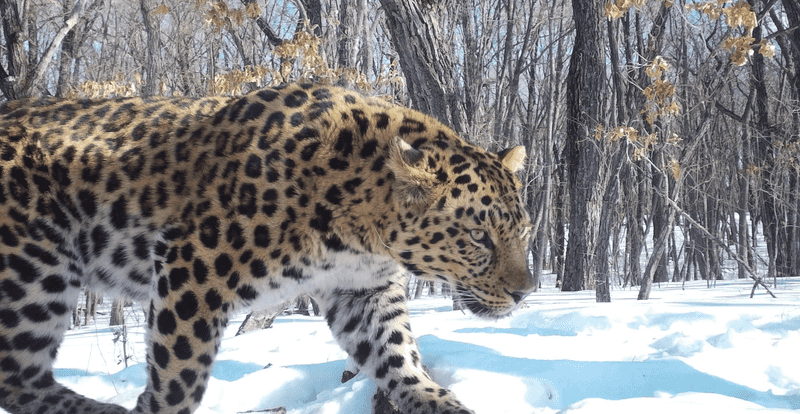
Fewer than 100 of these stunning big cats roam the forests between Russia and China. Their gorgeous spotted coats, ironically, made them targets for poachers seeking their valuable fur.
Extreme cold-weather adaptations help them survive brutal winters that would unalive other leopards. Unfortunately, these specialized traits won’t save them from habitat fragmentation and continued hunting pressure threatening their existence.
3. Last Of Their Kind: Northern White Rhino
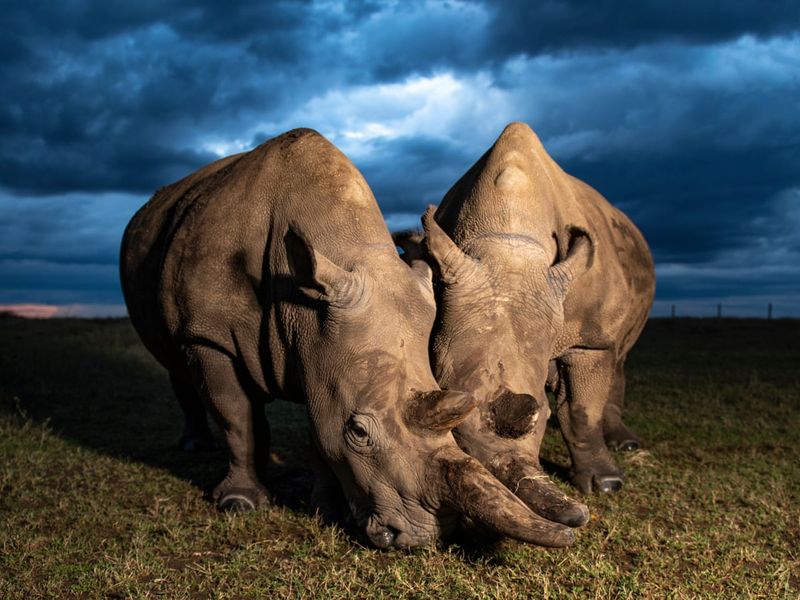
Only two females remain alive on Earth, both under 24-hour armed guard in Kenya. The last male, Sudan, passed away in 2018, effectively dooming this magnificent subspecies unless scientific miracles happen.
Scientists frantically collect genetic material, hoping future technology might resurrect these gentle giants. Their horns, falsely believed to have medicinal properties, drove poachers to eliminate nearly the entire population within a single human generation.
4. Vanishing Icons: Sumatran Orangutan
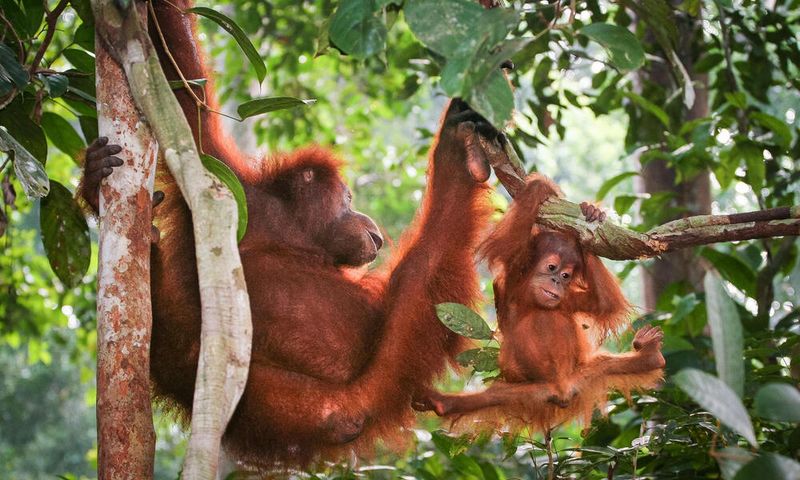
Living high in Indonesia’s rainforest canopies, these intelligent red-haired apes share 97% of human DNA. Palm oil plantations have replaced over 80% of their forest homes in recent decades.
A single orangutan needs about 10 square miles of healthy forest to thrive. When forests disappear, these slow-reproducing primates simply can’t adapt fast enough, with females only giving birth once every 8-9 years.
5. Fading Into Myth: Chinese Giant Salamander
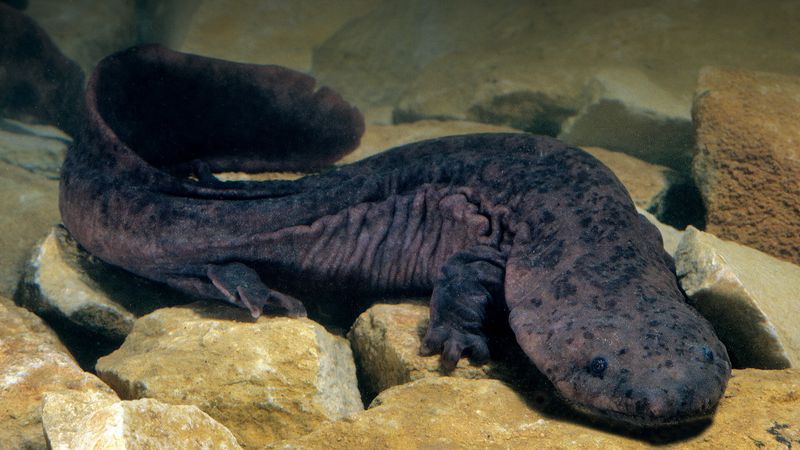
Imagine a salamander as long as a grown man is tall! These remarkable amphibians have existed for 170 million years but might disappear in our lifetime.
Overharvesting for luxury food markets decimated populations of these gentle stream-dwellers. Water pollution from rapid industrialization delivers another deadly blow to creatures that breathe through their sensitive skin, making them especially vulnerable to environmental toxins.
6. Melting Away: Polar Bear
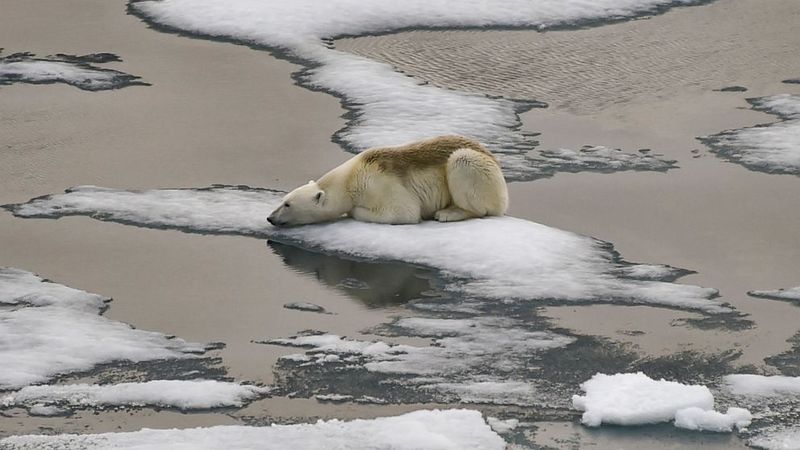
Arctic ice serves as both hunting platform and highway for these massive white predators. As climate change shrinks sea ice by nearly 13% per decade, polar bears face longer swims between hunting grounds.
Hungry bears increasingly venture into human settlements searching for food. Scientists project two-thirds of polar bears could disappear by 2050 if current warming trends continue, making them powerful symbols of climate change impacts.
7. Singing Their Swan Song: Yangtze Finless Porpoise
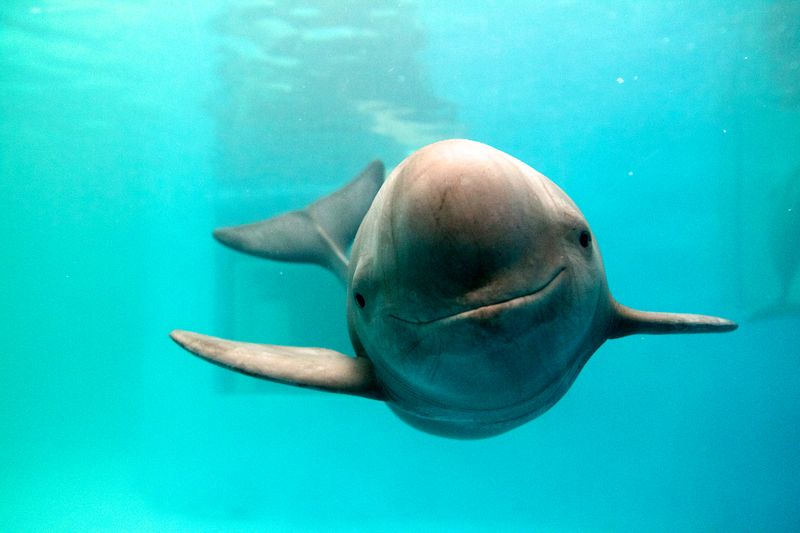
Known for their permanent smiles and playful intelligence, these freshwater dolphins navigate China’s murky Yangtze River using sonar instead of sight. Fewer than 1,000 remain in the wild.
Heavy river traffic creates underwater noise pollution that confuses their sensitive echolocation. Industrial waste, fishing nets, and hydroelectric dams further threaten these remarkable animals that evolved in one of Earth’s busiest waterways.
8. Poisoned Paradise: Hawaiian Crow (Alala)
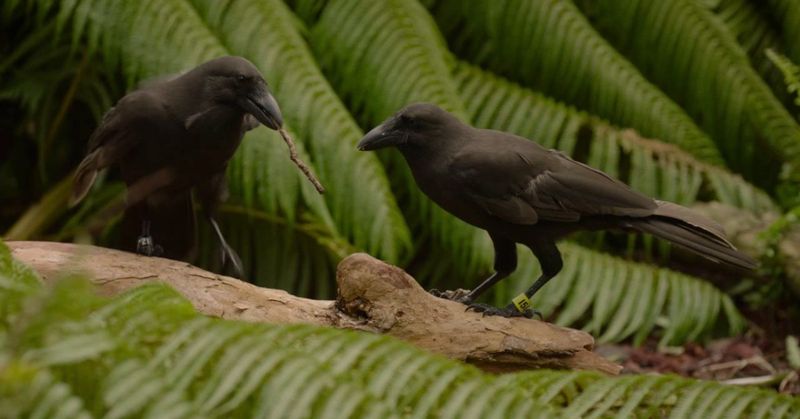
Extinct in the wild since 2002, these clever birds survive only in captive breeding facilities. Once spiritual messengers in Hawaiian culture, they fell victim to introduced diseases, predators, and habitat destruction.
Conservation efforts include training captive-bred birds to avoid predators before release. Their specialized behaviors, including tool use to extract insects from wood, make them irreplaceable components of Hawaii’s fragile island ecosystem.
9. Unstoppable Opportunists: Coyote
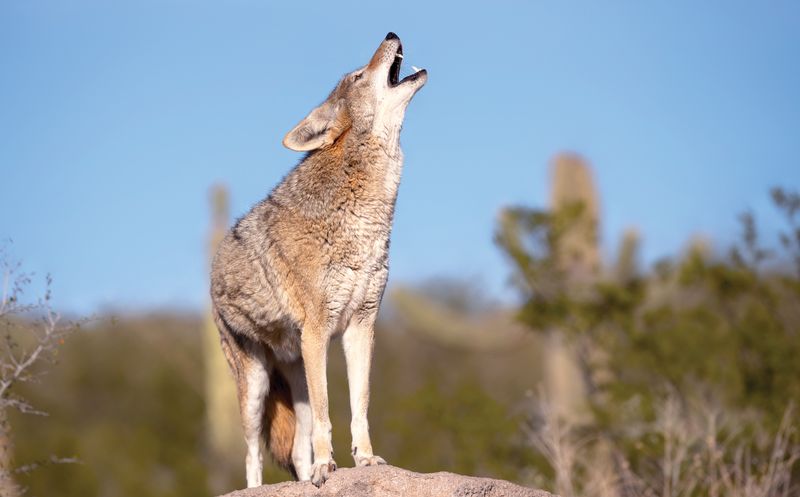
While wolves disappeared from most American landscapes, their smaller cousins thrived. Coyotes expanded their range by 40% over the last century, adapting to everything from remote deserts to urban parks.
These clever canines adjust their social structure based on available resources. They’ll hunt in packs when targeting deer or split into pairs when smaller prey is abundant, showing remarkable behavioral flexibility that ensures their survival.
10. Nature’s Ultimate Survivors: Tardigrades
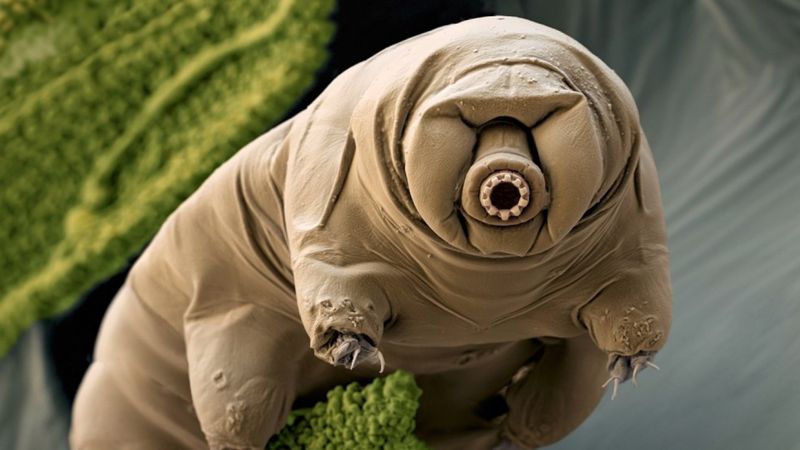
Meet the microscopic eight-legged creatures that could outlast humanity! These tiny “water bears” survive being frozen, boiled, crushed, starved, and even exposed to the vacuum of space.
When conditions turn hostile, tardigrades enter a dehydrated state called cryptobiosis, reducing their water content to just 3%. They can remain dormant for decades before rehydrating and continuing life as if nothing happened – true masters of biological resilience.
11. Evolution’s Perfect Design: Horseshoe Crab
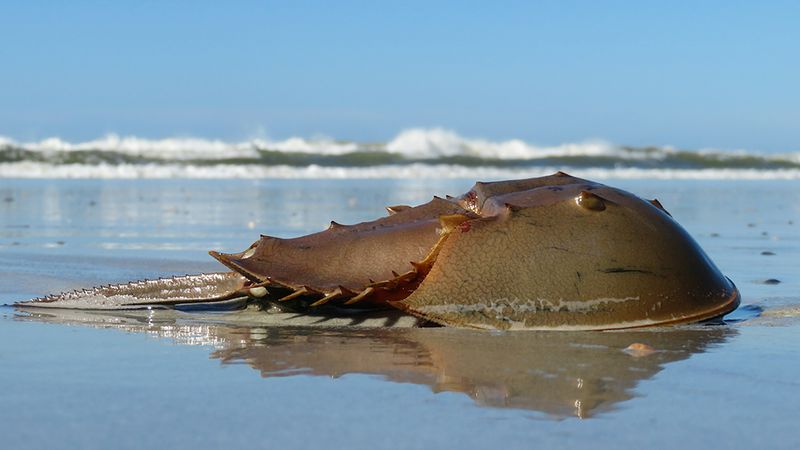
Looking essentially unchanged for 450 million years, these living fossils witnessed dinosaurs rise and fall. Their distinctive horseshoe-shaped shells and spiky tails might seem alien, but represent evolutionary perfection.
Surviving multiple mass extinctions that wiped out countless other species proves their remarkable adaptability. Their blue copper-based blood remains vital to medical testing, detecting bacterial contamination in vaccines and medical devices with unmatched sensitivity.
12. Radiation-Resistant Wonders: Cockroaches
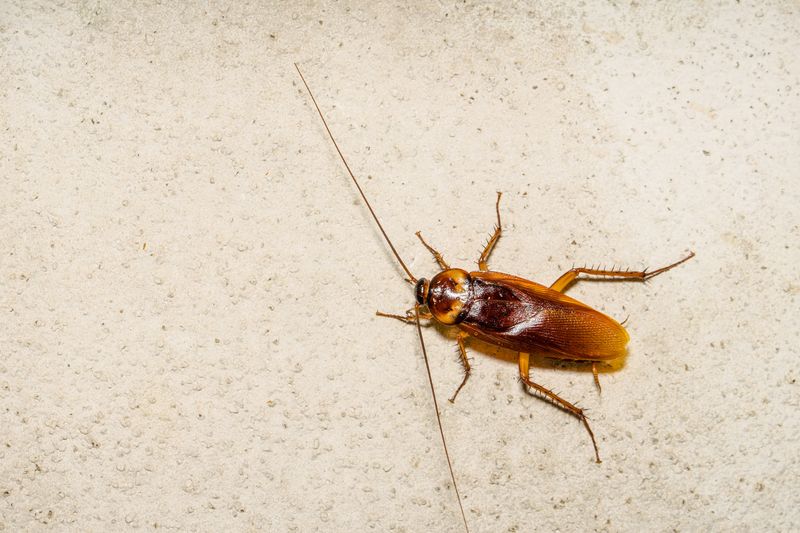
The infamous claim that cockroaches would survive nuclear war contains truth! These insects tolerate radiation doses 10 times stronger than what would kill humans.
Their simple nervous systems and slow cell division make them surprisingly resistant to radiation damage. Combine this with their ability to survive a month without food, breathe underwater for 30 minutes, and live a week without their heads – cockroaches truly earn their indestructible reputation.
13. Masters Of Adaptation: Raccoons
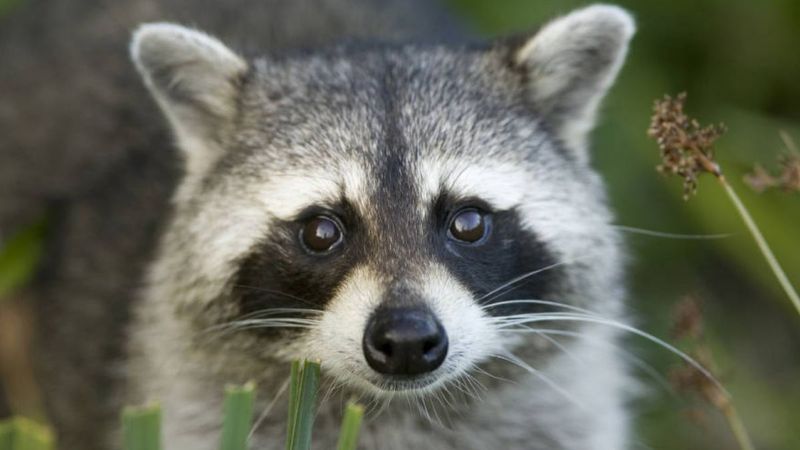
Those dexterous paws aren’t just for cute internet videos – they’re evolutionary marvels allowing raccoons to thrive wherever humans settle. Their problem-solving abilities rival those of primates, opening complex locks and remembering solutions for years.
Urban raccoons grow larger and solve puzzles faster than their rural cousins. Their omnivorous diet means they’ll eat practically anything, from crayfish to discarded pizza, making them perfectly suited for life alongside humans.
14. Comeback Champions: American Alligator
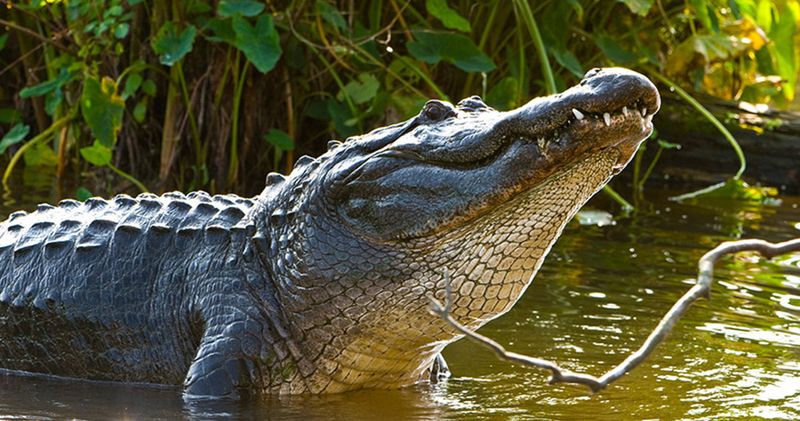
From endangered species to thriving predator in just 50 years! Once hunted to near-extinction for their valuable hides, alligators have rebounded dramatically thanks to conservation efforts and their own remarkable resilience.
These reptiles survived the extinction event that eliminated dinosaurs 65 million years ago. Their ability to slow metabolism during cold months and go months without eating helps them weather environmental challenges that would devastate other large predators.
15. Invisible Invaders: Bedbugs
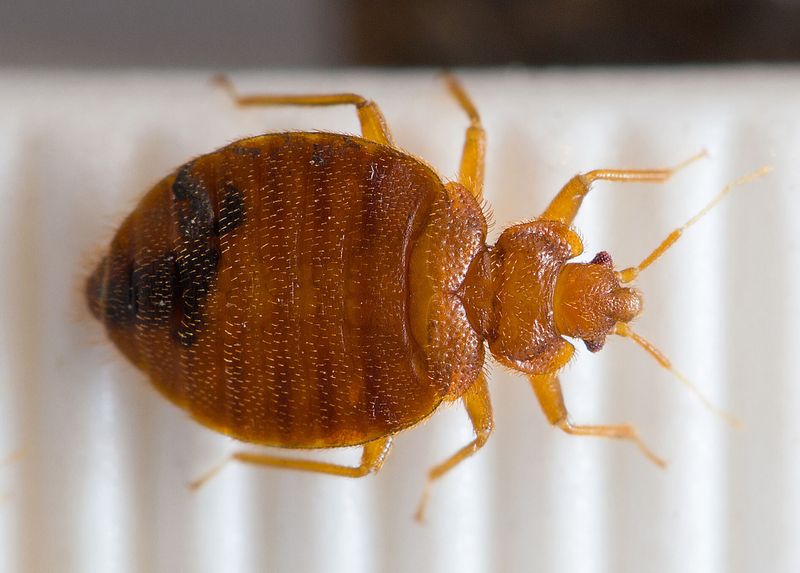
Nearly eradicated in developed countries by the 1950s, these tiny bloodsuckers staged a remarkable global comeback. Modern bedbugs evolved resistance to nearly every pesticide humans developed to control them.
Female bedbugs store male sperm for months, producing eggs continuously without needing additional mating. Their flattened bodies slip into impossibly narrow hiding spots, and they can survive more than a year without feeding – making them frustratingly difficult to eliminate.
16. Nature’s Cleanup Crew: Vultures
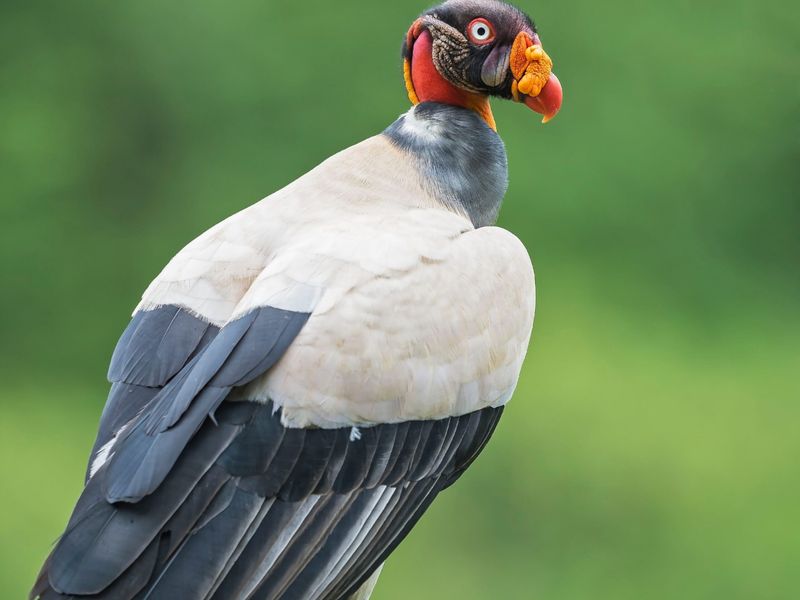
Stomach acid strong enough to neutralize anthrax and botulism toxins makes vultures nature’s ultimate sanitizers. By consuming diseased carcasses, these underappreciated birds prevent the spread of diseases that could devastate wildlife populations.
Their bald heads aren’t just fashion statements – they’re adaptations preventing bacteria-filled carrion from contaminating feathers. Despite their crucial ecological role, many vulture species face threats from poisoning and habitat loss in certain regions.
17. Evolutionary Marvels: Crocodiles
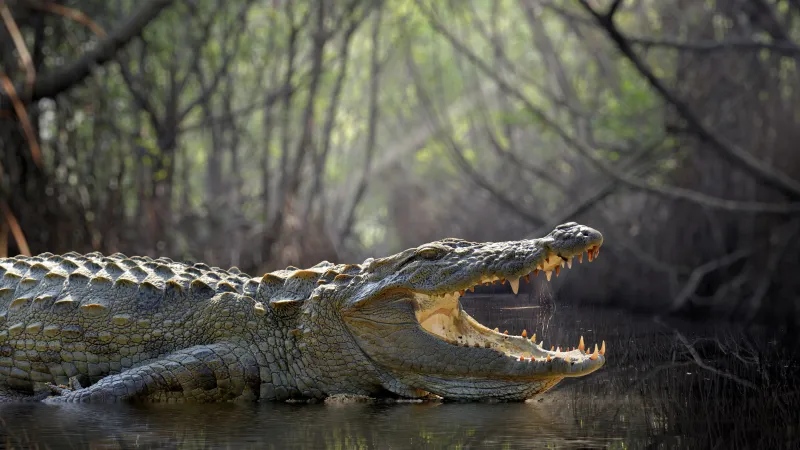
When dinosaurs couldn’t adapt to changing conditions, crocodiles simply shrugged and carried on. These living fossils have remained largely unchanged for over 200 million years, perfecting their ambush predator lifestyle.
Their remarkable immune systems fight off infections from horrific wounds sustained during territorial battles. Some species can live over 70 years, growing throughout their lives and reaching massive sizes that make them virtually invulnerable to predation as adults.

